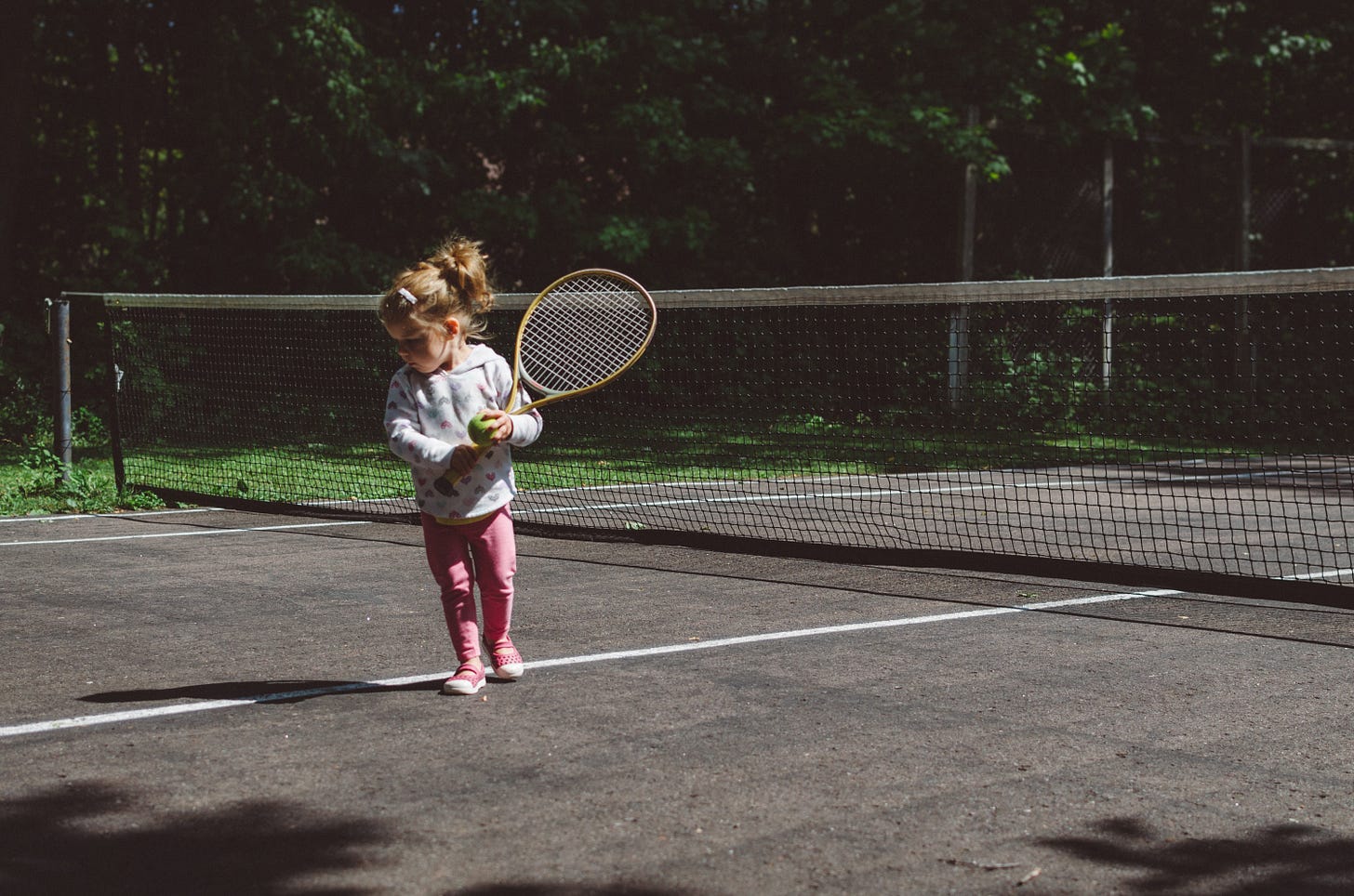Youth Sport Health Edition
Often overlooked yet most important component to youth sports participation is the impact on health. Physical and mental health. This week we explore how to make health stays as a top priority.
Health benefits of regular physical activity have been documented for years, yet are not often discussed in the world of competition, tryouts and travel teams.
And, yes, the events of the 16 months have made it a bigger trigger point.
A study by the University of Wisconsin published in January by The Journal of Athletic Training found that during the pandemic, 42.3 percent of girls and 25.4 percent of boys were experiencing moderate to severe anxiety, while 22.7 percent of girls and 12.5 percent of boys were experiencing moderate to severe depression. The numbers were worse for those who played on a team compared to individual sports.
Depression figures from the pandemic research were six times greater for girls and 14 times higher for boys than research published by Translational Psychiatry in 2017. The latter compared first-onset depression among boys and girls ages 14 to 17.

Here is another angle: From our discussion with Guy Brown last June, former NFL and NCAA football player, strength coach and father of a Division 1 football player, who’s wife has been at the forefront of concussion awareness for many years:
“If we broke he percentages down of the incidence of health related risks of being inactive vs the risks for contact sport athletes being in professional care and head injury, we feel that the percentages favor the activity side.”
A hot topic here in Ontario, Canada is the re-opening of youth sports and its safety. The number of inconsistencies around what is allowed and not allowed seems to be mired in the confusion on what is safe and not safe. A question of health, so we are told. Yet, the science does not favor the benefits of shutting down youth sports, especially outdoors.
Similar to the concussion question, is the fix doing more harm than the inherent dangers of participation?
The repercussions are big. The health of our young athletes and all those that support youth sports.
Sometimes that gets forgotten does it not?
We will live with the consequences of life without youth sports during this pandemic for years to come, both physically and mentally.
How do we prioritize health benefits to our young athletes?
· Emphasize the benefits of participation.
· As leaders, increase our knowledge base with alliances to experts like Matt Young’s team (See webinar opportunity below), so we can lead the charge into our communities.
· Empower our athletes and families with consistent education on activity benefits from multiple sources. This comes not just from the sport coaches, but also parents, officials and anyone else with a vested interest in our youth.

Recent research locally here says only 16 per cent of Canadians meet the recommended guidelines for 150 minutes per week of physical activity and that the cost of inactivity to Canada’s economy is an estimated $6.8 billion per year.
Participation in youth sports can play a major role in reversing this trend.
Bottom line: exercise is not optional for good health. Youth sport builds exercise into participation for whatever the activity of choice, regardless of age, ability or sport. If they participate, our youth will benefit.
Over the last year, The Physical Movement has addressed multiple topics around health and fitness for all those participating in sports.
Our health is our most precious asset. Developing life skills along with healthy habits is more important by far than any debate on playing time, scholarships, travel teams, tryouts and any other topics that often overshadows the fundamentals.
The topics TPM has covered are extensive and come from different angles. Each of the below 13 articles is accessible via the links.
A Coaches/Lifestyle Perspective:
The Brain Changing Effects of Exercise & What That Means for Coaches & Teachers
Coaches ! You Are Needed. The Time is Now to Prioritize Your Health and Self-Care.
Workout examples for Coaches, Parents, Teachers and Officials.
Science Tells Us exercise Can Make Us Better Leaders
The Silver Lining to the Pandemic: Priority Shift & The Oddball Father/Son Workout Duo.
Your Best Self. Simple Strength Series. Keeping Your Legs Strong.
Your Best Self: Simply Strength Series - 10 ways to build your strength with push ups regardless of fitness level and age.
There Has Never Been a More Important Time to Get & Keep Kids Moving.
Athlete Performance:

The Athlete’s Secret Weapon: The Strength and Conditioning Coach.
The Young Athlete & Strength Training. Trends & Myths. Pros & Cons.
Do No Harm: A Leadership Philosophy or Forgotten Principle?
Sugary Sports Drinks are Taking Over Our Playing Fields, Why This is a Concern and What Can We Do About It.
How to Proceed with Caution with our Young Student Athletes Mental Health During this Unprecedented Time.
What The Research Says About Sleep & Athletic Recovery
Activating Athlete Development - Quality Sport OS
Friend of The Physical Movement Matt Young an his team have a webinar coming up that should be of interest:
From Matt:
As you know we have two options as we return to sport
1. Rush back to the same process responsible for the pre-pandemic decrease in participation
2. Demonstrate value to the consumer through a commitment to quality sport experiences
Join us, Thursday June 10th 4pm PST - 7pm EST where we’ll share the same knowledge, tools & resources licensed to Canada’s largest participation sport + the largest working sport organization in the world.
This webinar is for parents, coaches, educators and club administrators who aspire to get to where sport has not been before by doing what has done been done before by activating athlete development through the quality sport operating system.
Register here to attend and please feel free to share with anyone in your network who could benefit from the information exchange.
*This is an all camera's on webinar
More information on a Quality Sport Operating System:




